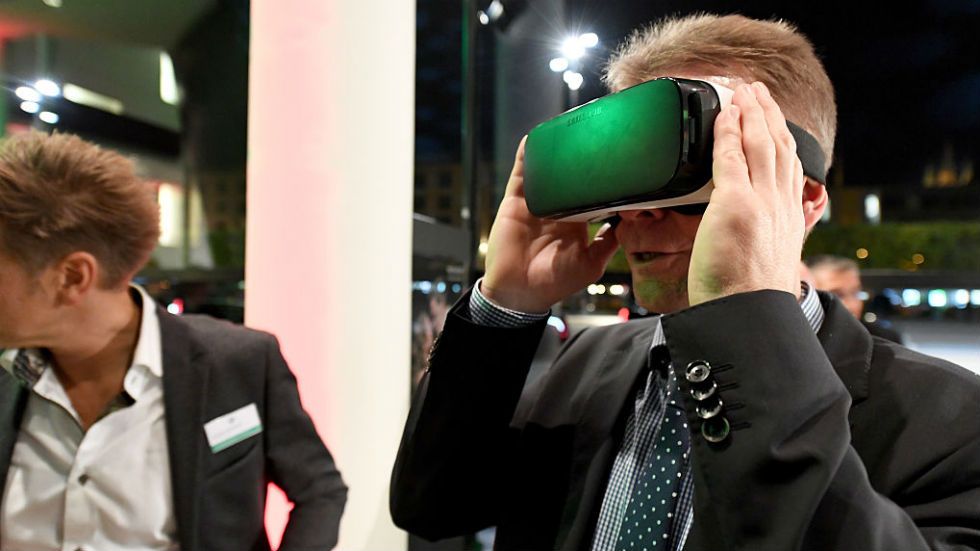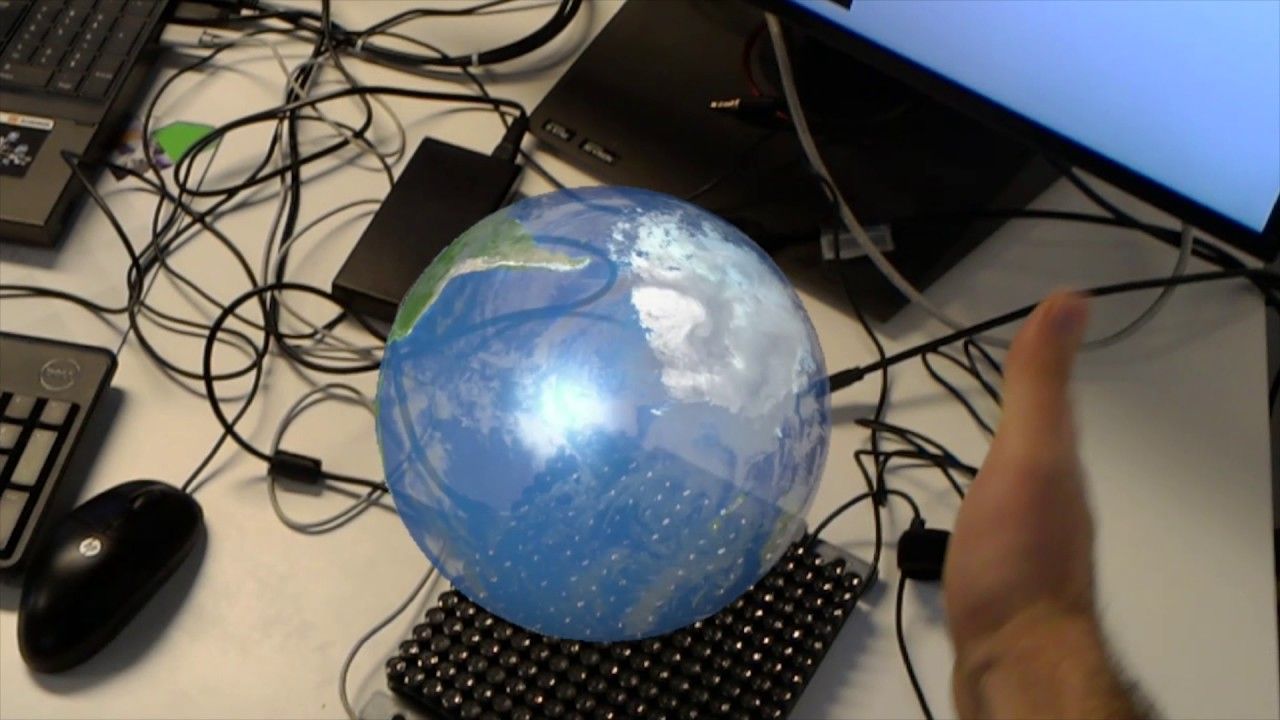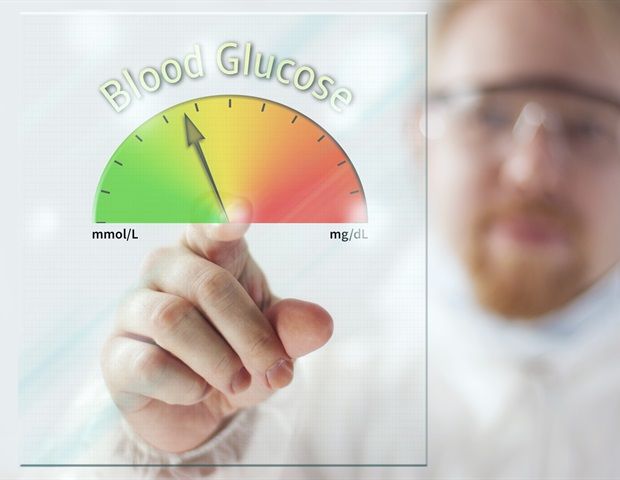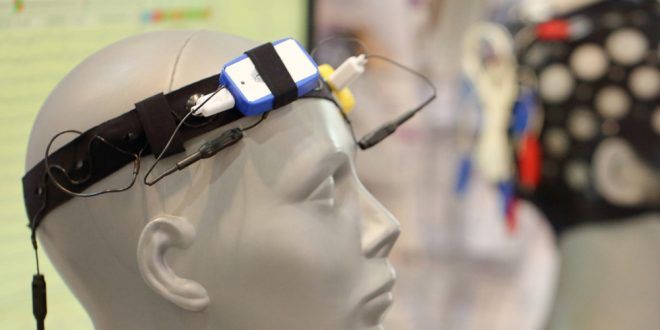Page 11014
Dec 21, 2016
How virtual reality could help Congress understand the issues
Posted by Karen Hurst in categories: government, virtual reality
OPINION | Imagine if a member of Congress could don a headset and experience being a refugee.
Dec 21, 2016
Immersion Research — Touch Hologram in Mid-Air
Posted by Karen Hurst in categories: augmented reality, holograms
Dec 21, 2016
Scientists build bacteria-powered battery on single sheet of paper
Posted by Karen Hurst in categories: energy, futurism
Instead of ordering batteries by the pack, we might get them by the ream in the future.
Researchers at Binghamton University, State University of New York have created a bacteria-powered battery on a single sheet of paper that can power disposable electronics. The manufacturing technique reduces fabrication time and cost, and the design could revolutionize the use of bio-batteries as a power source in remote, dangerous and resource-limited areas.
“Papertronics have recently emerged as a simple and low-cost way to power disposable point-of-care diagnostic sensors,” said Assistant Professor Seokheun “Sean” Choi, who is in the Electrical and Computer Engineering Department within the Thomas J. Watson School of Engineering and Applied Science. He is also the director of the Bioelectronics and Microsystems Lab at Binghamton.
Continue reading “Scientists build bacteria-powered battery on single sheet of paper” »
Dec 21, 2016
The Goals of Extraterrestrial AI May “Conflict With Those of Biological Life”
Posted by Karen Hurst in categories: alien life, biological, robotics/AI
In Brief
- An expert on the intersection of science and philosophy posits that our current transition to “postbiological” life could have already been undertaken by extraterrestrial species.
- She warns that these alien lifeforms could by artificially intelligent, in which case they could pose a tremendous threat to life on Earth.
Susan Schneider is a fellow at the Institute for Ethics and Emerging Technologies (IEET). She is also an associate professor of philosophy at the University of Connecticut, and her expertise includes the philosophy of cognitive science, particularly with regards to the plausibility of computational theories of mind and theoretical issues in artificial intelligence (AI).
In short, Schneider has a keen understanding of the intersection between science and philosophy. As such, she also has a unique perspective on AI, offering a fresh (but quite alarming) view on how artificial intelligence could forever alter humanity’s existence. In an article published by the IEET, she shares that perspective, talking about potential flaws in the way we view AI and suggesting a possible connection between AI and extraterrestrial life.
Continue reading “The Goals of Extraterrestrial AI May ‘Conflict With Those of Biological Life’” »
Dec 21, 2016
Bionic pancreas system manages blood sugar levels in patients with type 1 diabetes living at home
Posted by Karen Hurst in categories: biotech/medical, cyborgs, engineering, health, transhumanism
The bionic pancreas system developed by Boston University (BU) investigators proved better than either conventional or sensor-augmented insulin pump therapy at managing blood sugar levels in patients with type 1 diabetes living at home, with no restrictions, over 11 days. The report of a clinical trial led by a Massachusetts General Hospital (MGH) physician is receiving advance online publication in The Lancet.
“For study participants living at home without limitations on their activity and diet, the bionic pancreas successfully reduced average blood glucose, while at the same time decreasing the risk of hypoglycemia,” says Steven Russell, MD, PhD, of the MGH Diabetes Unit. “This system requires no information other than the patient’s body weight to start, so it will require much less time and effort by health care providers to initiate treatment. And since no carbohydrate counting is required, it significantly reduces the burden on patients associated with diabetes management.”
Developed by Edward Damiano, PhD, and Firas El-Khatib, PhD, of the BU Department of Biomedical Engineering, the bionic pancreas controls patients’ blood sugar with both insulin and glucagon, a hormone that increases glucose levels. After a 2010 clinical trial confirmed that the original version of the device could maintain near-normal blood sugar levels for more than 24 hours in adult patients, two follow-up trials — reported in a 2014 New England Journal of Medicine paper — showed that an updated version of the system successfully controlled blood sugar levels in adults and adolescents for five days. Another follow-up trial published in The Lancet Diabetes and Endocrinology in 2016 showed it could do the same for children as young as 6 years of age.
Dec 21, 2016
Learn Great Problem Solving From These Medical Researchers (Watch)
Posted by Karen Hurst in categories: biotech/medical, business
Is there something your small business could do to impart a little magic onto the world? Using your problem solving skills may help you do just that.
Dec 21, 2016
Russia Tests Another Anti-Satellite Weapon as Battleground Space Looms
Posted by Karen Hurst in categories: military, space
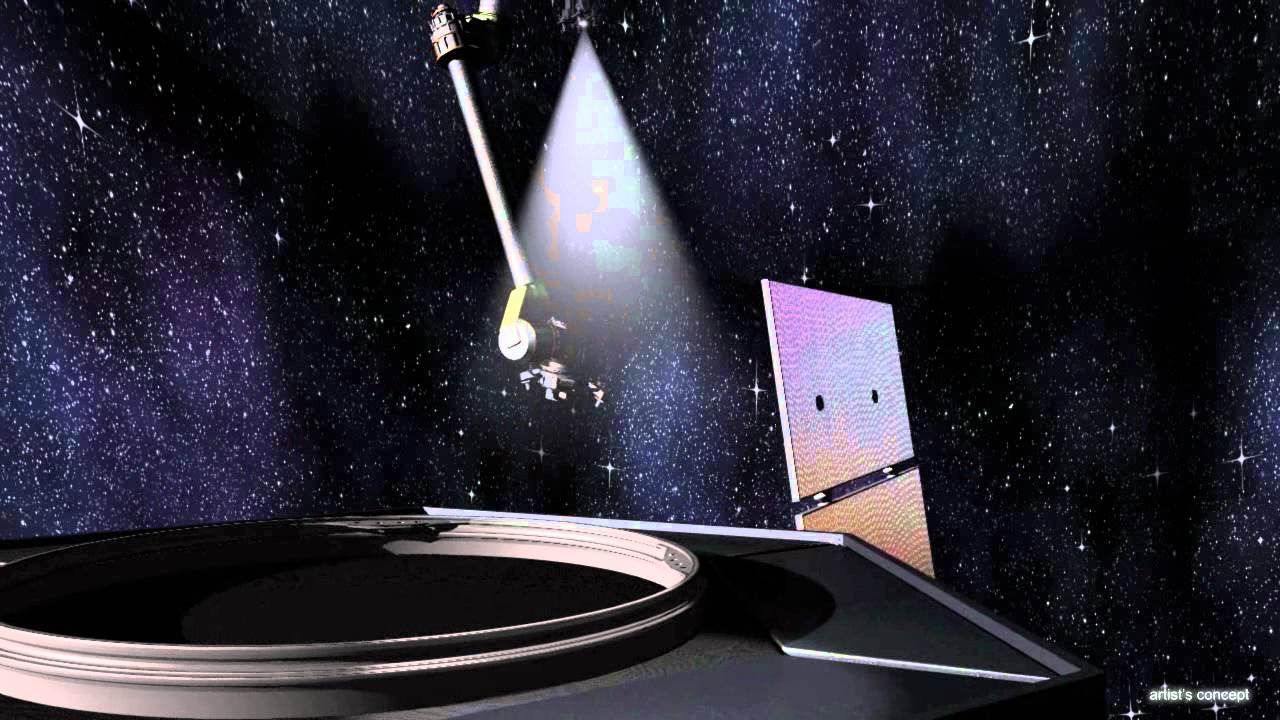
Just another reminder that America’s supremacy in space is increasingly unsecured.
- The War Zone
- Space
- Anti-satellite
- Direct Ascent
- Russia
- Battlefield Space
- Nudol
- Low Earth orbit
- X-37B
- PL-19
- satlets

AP.
Continue reading “Russia Tests Another Anti-Satellite Weapon as Battleground Space Looms” »
Dec 21, 2016
The perfect Christmas gift? A nanoscale snowman
Posted by Karen Hurst in categories: evolution, food, nanotechnology, particle physics
Happy Holidays; happy end of the year, happy launch of next year, happy snow days, happy hot chocolate day, etc. Nonetheless, my gift to you this year is a Nanoscale Snowman.
Would a jewel-encrusted snowman make the perfect Christmas present? At only 5 nanometres in size, the price might be lower than you think. And it’s functional too, catalysing the splitting of water to make green hydrogen for fuel cells.
The nanoparticle, as imaged with the aberration-corrected scanning transmission electron microscopes, features eyes, nose and mouth of precious-metal platinum clusters embedded in a titanium dioxide face. Each platinum cluster typically contains 30 platinum atoms; within the whole nanoparticle there are approximately 1680 titanium atoms and 180 platinum atoms.
Continue reading “The perfect Christmas gift? A nanoscale snowman” »
Dec 21, 2016
Xinhua: China launches carbon-tracking satellite into orbit
Posted by Karen Hurst in categories: climatology, education, satellites
Hmmm; there is another use for this type of satellite just can’t openly state.
SHANGHAI—China launched a satellite to monitor its greenhouse gas emissions early on Thursday, the latest step in efforts to cut its carbon footprint, the official Xinhua news agency said.
The launch follows the United States joining China in formally ratifying the Paris agreement to curb climate-warming emissions. It also comes as large sections of northern China have been shrouded in near-record levels of air pollution for most of the past week, disrupting flights, closing factories and schools, and forcing authorities to issue red alerts.
Continue reading “Xinhua: China launches carbon-tracking satellite into orbit” »

